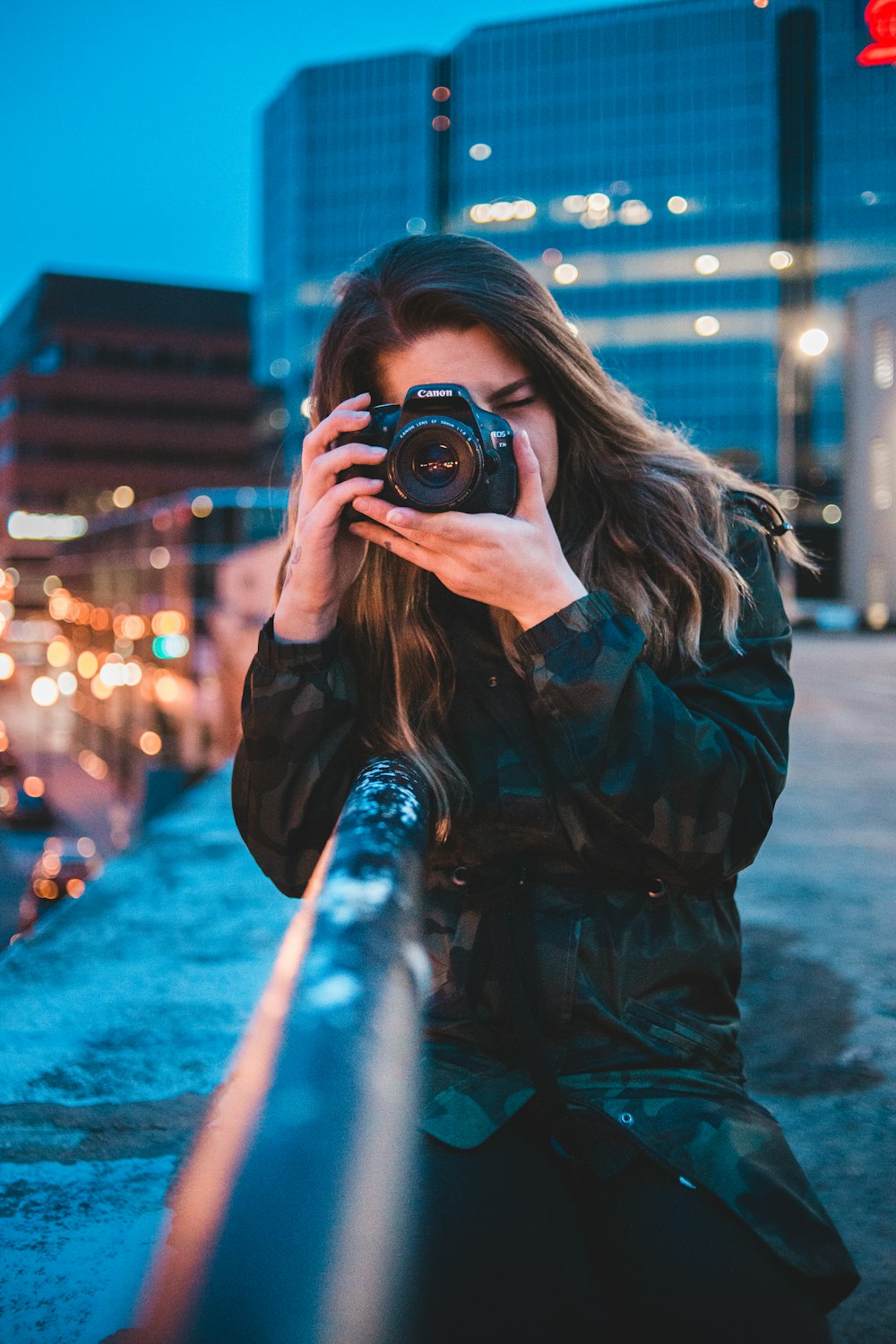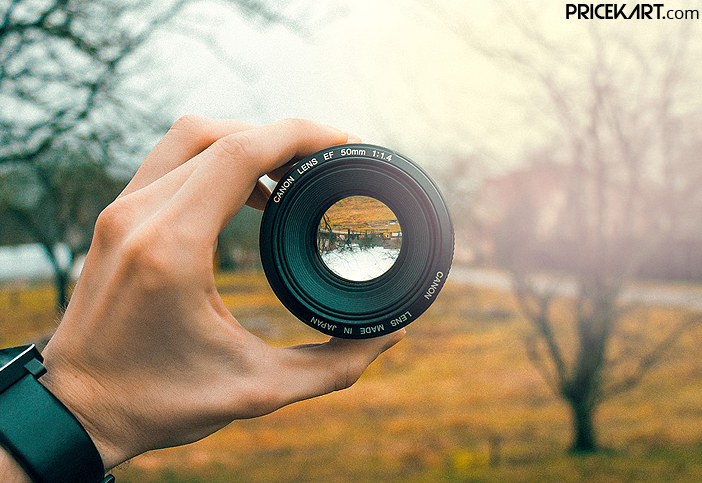Photography Workshop: Opening Your Creative Vision
Welcome to the Photography Workshop: Unlocking Your Imaginative Vision. This immersive workshop is made to help you take advantage of your artistic possibility and elevate your photography abilities to brand-new elevations. Via a collection of hands-on workouts and skilled support, you will find out how to harness the power of viewpoint, master light and shadow, explore creative composition techniques, release your creativity with post-processing, and capture feeling and narration in your images. Led by skilled specialists in the field, this workshop will give you with invaluable insights and practical understanding to unlock your innovative vision and create fascinating aesthetic stories. Whether you are a newbie or an experienced digital photographer, this workshop is made to broaden your horizons and push the limits of your imagination. Prepare yourself to get started on a transformative trip right into the world of digital photography.
Understanding the Power of Viewpoint
Understanding the power of perspective in photography involves picking the optimum angle and viewpoint to properly share the desired message or stimulate details feelings in the audience. As a digital photographer, one should acknowledge that the way a subject is captured can greatly impact the total analysis of a picture. By purposefully choosing the perspective, photographers can adjust the audience's assumption, leading them to concentrate on particular elements or really feel a particular method.
Viewpoint describes the setting from which a photo is taken. It determines the connection in between the subject and its surroundings, influencing the aesthetic dynamics and depth in a photo. Capturing from a reduced angle can make a subject appear more imposing or dominant, while shooting from a high angle can create a feeling of vulnerability or insignificance. The option of viewpoint can also determine whether a subject shows up distant or approachable, intimate or separated.

Mastering Light and Shadow
To successfully catch the significance of a topic in photography, photographers should master the interplay of light and shadow. Light and shadow have the power to change a regular scene right into a captivating and remarkable photo. Comprehending just how to regulate and adjust light and shadow allows digital photographers to develop depth, texture, and state of mind in their pictures.
One key aspect of grasping light and shadow is knowing how to identify and utilize different kinds of lights. All-natural light, for circumstances, can vary depending on the time of day, weather, and area. Professional photographers need to find out to adjust to these variations and maximize the readily available light to improve their topics.
In enhancement to all-natural light, professional photographers can likewise explore man-made illumination sources to develop special impacts. Studio lighting, off-camera flash, and light modifiers such as reflectors and diffusers can all be used to manage the light and shape in a scene.
Understanding the connection between light and shadow is critical in producing visually striking make-ups. By purposefully positioning the subject in connection with the light, professional photographers can develop interesting patterns, shapes, and contrasts. The interplay of light and shadow can include deepness, measurement, and aesthetic passion to a photo.
Discovering Creative Make-up Techniques
Continually honing their skills in light and darkness adjustment, photographers explore the world of checking out creative structure techniques to additionally improve their photographic vision. Make-up is a vital aspect in photography that involves setting up the various components within the frame to produce an impactful and aesthetically attractive image. By comprehending and using creative structure strategies, professional photographers can elevate their work from regular to extraordinary.
Among the most basic techniques is the regulation of thirds. This strategy entails separating the structure into 9 equivalent components using two horizontal and 2 vertical lines. Positioning points of rate of interest along these lines or at their intersections aids to create a well balanced and aesthetically pleasing make-up.
An additional strategy is leading lines, where lines within the structure are utilized to assist the customer's eyes towards the primary subject. These lines can photography courses be naturally occurring, such as rivers or roadways, or synthetically created, like fences or railings.

In addition, professional photographers can experiment with various viewpoints, such as high angles or reduced angles, to produce engaging and special make-ups. They can also explore the use of unfavorable area, balance, patterns, and structures to include aesthetic effect to their pictures.
Releasing Your Creativity With Post-Processing
Post-processing deals digital photographers the possibility to release their creative imagination and raise their pictures to new levels of imagination and aesthetic effect. This stage of the photo procedure entails improving and controling pictures utilizing software tools such as Adobe Photoshop or Lightroom. With post-processing, digital photographers can deal with direct exposure, change color balance, remove interruptions, and apply imaginative impacts to their pictures.
One of the key advantages of post-processing is the capacity to highlight the complete capacity of a picture. It allows photographers to produce a specific state of mind or environment by changing the tones, comparison, and saturation - photography workshops. Additionally, post-processing makes it possible for the artist to experiment with various innovative styles, such as including a classic look, using a remarkable black and white conversion, or even creating unique results
In addition, post-processing can help photographers get over particular constraints of their tools. For instance, it permits the merging of several direct exposures to produce sensational high vibrant variety (HDR) pictures or the elimination of undesirable items or people from a scene.
However, it is necessary to keep in mind that post-processing must not be utilized as a prop to repair improperly composed or revealed pictures. It is best used as a tool to improve and enhance the professional photographer's creative vision.
Recording Emotion and Narration in Your Images
By recording feeling and narration in your photos, you can evoke effective stories and create a deeper connection with your target market. Digital photography is an art form that exceeds capturing a moment in time; it has the ability to share feeling, tell stories, and transport the customer right into a various world. When you can effectively record emotion in your pictures, you can produce images that resonate with your audience on a profound level.
One way to record emotion in your photos is to concentrate on the subject's faces and body language. photography trips. These visual signs can interact a large range of emotions, from delight and exhilaration to despair and consideration. By focusing on these details, you can catch the significance of a minute and evoke a psychological action from your viewers
Along with catching emotion, storytelling is one more essential element in photography. A photo can narrate by catching a solitary moment or by documenting a collection of occasions. The make-up, lighting, and topic all add to the story of the photo. By very carefully choosing these elements, you can develop a story that involves your audience and stimulates their imagination.
Recording feeling and narration in your pictures needs method and a keen eye for detail. It has to do with finding the best moment, the best angle, and the ideal structure to communicate your designated message. By grasping these methods, you can create photographs that not just capture the focus of your target market yet additionally leave a lasting impression.
Conclusion
Finally, the digital photography workshop gave valuable insights right into unlocking one's creative vision. By comprehending the power of point of view, understanding light and darkness, checking out innovative structure techniques, and letting loose creativity via post-processing, individuals were geared up with the tools to capture emotion and storytelling in their pictures. This workshop has certainly improved their photography skills and allowed them to reveal their artistic vision with visual storytelling.
To successfully record the essence of a subject in digital photography, professional photographers should master the interplay of light and shadow. Comprehending exactly how to manage and adjust light and shadow enables photographers to create deepness, appearance, and mood in their pictures.
By purposefully placing the subject in connection to the light source, photographers can produce intriguing patterns, shapes, and contrasts.Continually honing their skills in light and darkness adjustment, professional photographers dive into the realm of discovering creative composition methods to further enhance their photo vision. It enables photographers to create a specific state of mind or atmosphere by adjusting the tones, comparison, and saturation.